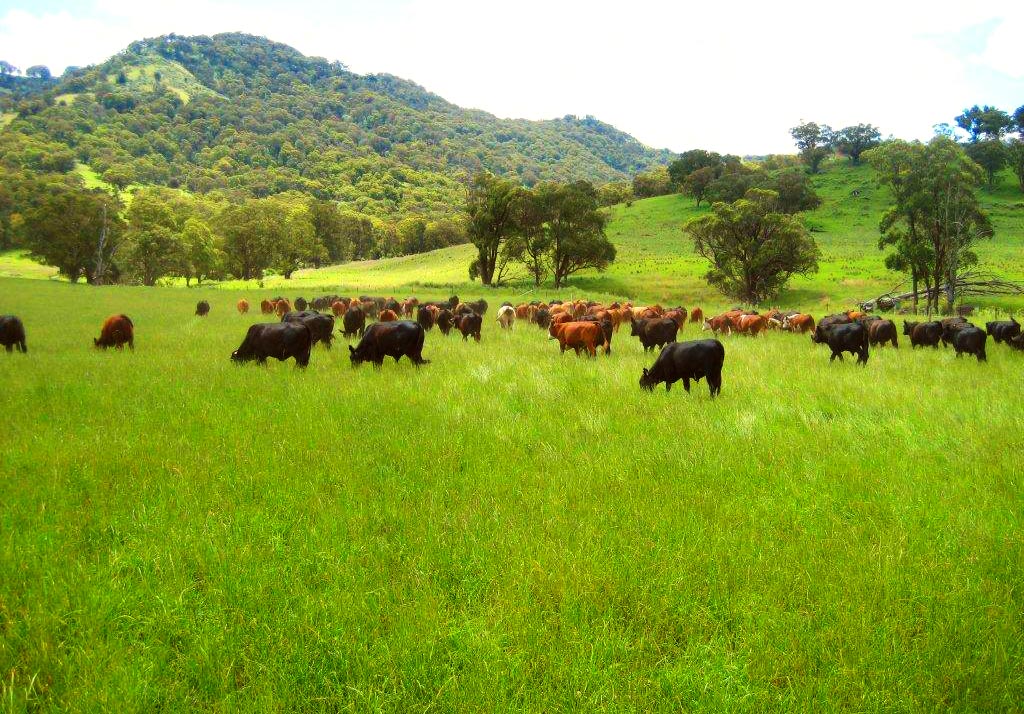
Our Approach
Rob has worked on and managed a diverse range of properties from large scale cell grazing operations in the gulf country of Queensland to intensive Technograze systems in the high rainfall zones of the Hunter Valley. No matter what people call it - cell grazing, rotational grazing, time-controlled grazing or techno-grazing, all of these different styles of grazing have the one main theme. That is a quick, hard graze followed by a period of REST. It is that word REST that is the most important factor that people need to take into account in grazing systems. If pastures are not rested between grazes, this leads to all those things that we don’t want – weeds, erosion, weak pastures, nutrient runoff, animal health issues etc.
In a typical cell grazing system, cattle are generally rotated about in one mob over the whole property with the recovery period being the same for every paddock. This system works well if the whole property is made up of similar types of country. In what we call “safer country” along the Eastern seaboard, most properties have a number of different land types ranging from alluvial river or creek flats, arable country and non-arable country. The difficulty of the traditional cell grazing regime in this type of country is the difference in the recovery periods of pastures growing in these different areas. i.e some areas will grow much more grass than others.
In order to develop a successful grazing plan, producers need to know paddock areas, types of pastures and the recovery period for these pastures throughout different growing seasons. Rob will generally come onto a property and map it into these different areas so that they can be treated differently when it comes to pasture types, grazing rotations and recovery periods for pastures. Once these areas have been identified, they can be split up into smaller paddocks, hence a grazing plan can then be put in place for each section.
If you want to be running a profitable and sustainable farm, give Rob from Farm Easy a call.
FARM EASY – “Leading the way in Sustainable Grazing Systems”
